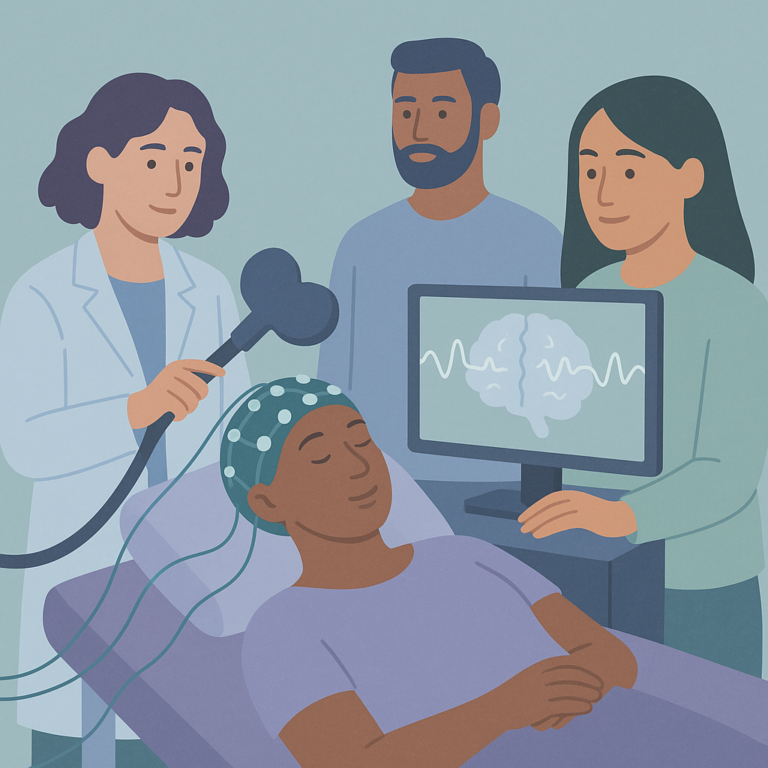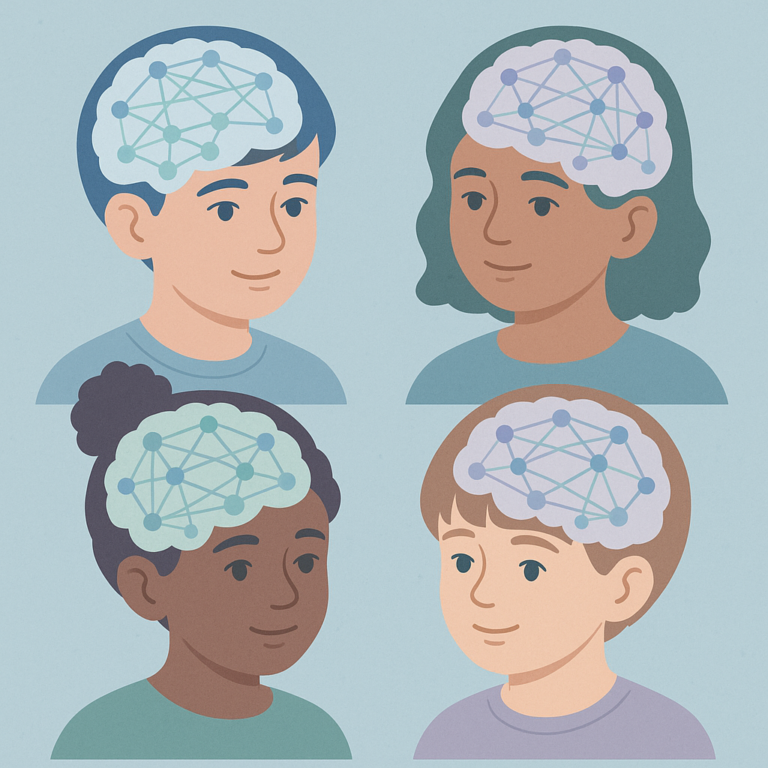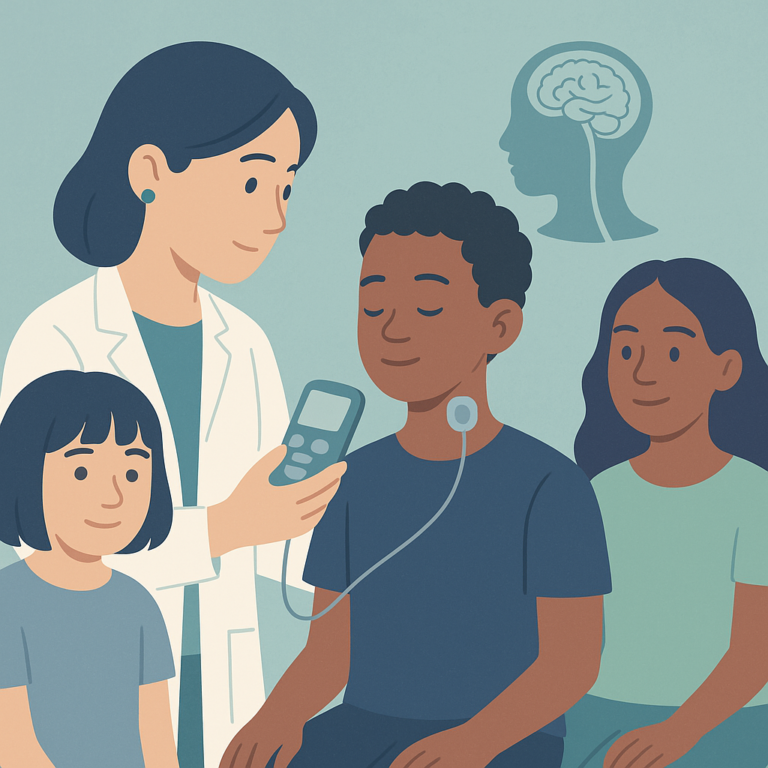Cenobamate Works Well for Adults with Epilepsy and ID
This study looked at how well cenobamate, a medication for epilepsy, works in adults with intellectual disability (ID) compared to those without ID.

This study looked at how well cenobamate, a medication for epilepsy, works in adults with intellectual disability (ID) compared to those without ID.

This study looked at how being exposed to antiseizure medications (ASMs) before birth affects children’s cognitive development from ages 2 to 6.

Researchers studied different non-invasive neurostimulation treatments for people with drug-resistant epilepsy, which is a type of epilepsy that does not respond well to medications.

Researchers studied brain activity patterns in children with a specific type of epilepsy called self-limited epilepsy with centrotemporal spikes (SeLECTS).

This study looked at the use of vagus nerve stimulation (VNS) to treat children with drug-resistant epilepsy, meaning their seizures did not respond to standard medications.

This study focused on understanding how common infantile epileptic spasms syndrome (IESS) is in India.

Researchers studied how sex affects the severity and outcomes of neonatal arterial ischemic stroke (NAIS) in infants.

Researchers studied children with cerebral palsy (CP) who have more severe movement limitations, classified as GMFCS levels III to V.

Researchers studied the eligibility of infants with genetic epilepsies for a new type of treatment called antisense oligonucleotide therapy.